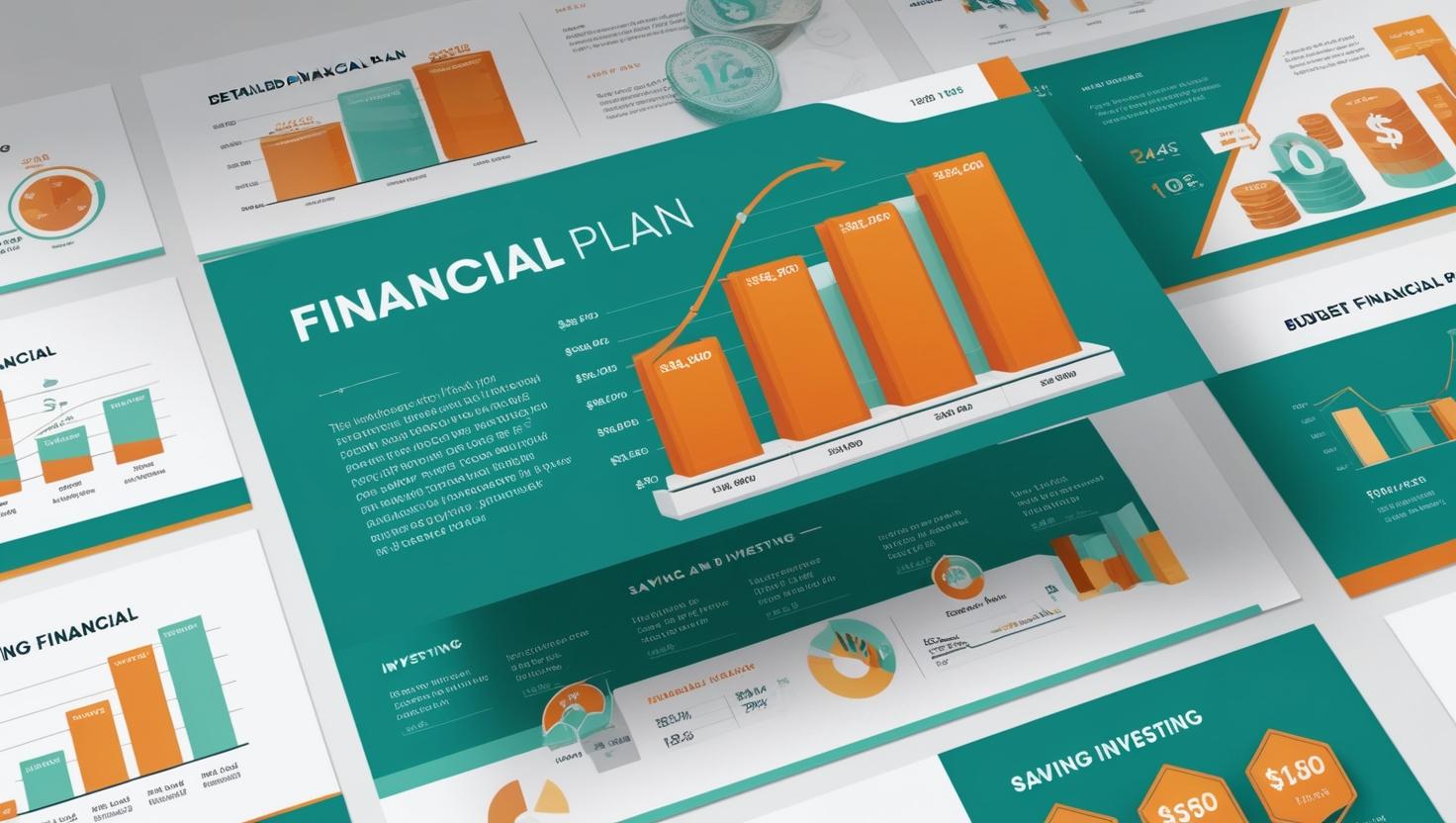A solid financial plan is essential for achieving financial stability and long-term wealth. Without a clear plan, managing money can become stressful and unorganized. In this article, we’ll cover how to create an effective personal financial plan that aligns with your goals and lifestyle.
1. Understand Your Current Financial Situation
Before planning, you need to assess your current financial health.
Steps to Analyze Your Finances:
- Calculate Your Income: Include salary, side hustles, and passive income.
- Track Your Expenses: List all monthly costs, including rent, food, utilities, and entertainment.
- Evaluate Your Debt: Identify outstanding loans, credit card balances, and interest rates.
- Check Your Savings: Assess your emergency fund and other savings.
👉 Tip: Use apps like Mint, YNAB, or Personal Capital to track everything efficiently.
2. Set Clear Financial Goals
Goals help guide your financial decisions and keep you on track.
Examples of Financial Goals:
- Short-term (0-1 year): Save $1,000, pay off a credit card, or reduce monthly expenses.
- Medium-term (1-5 years): Save for a car, invest in stocks, or start a business.
- Long-term (5+ years): Buy a house, plan for retirement, or reach financial independence.
👉 Tip: Use the SMART goal method (Specific, Measurable, Achievable, Relevant, Time-bound).
3. Create a Budget That Works for You
A budget helps you allocate money efficiently and avoid overspending.
Budgeting Methods:
- 50/30/20 Rule: 50% needs, 30% wants, 20% savings/investments.
- Zero-Based Budgeting: Assign every dollar a purpose.
- Envelope System: Use cash for different spending categories.
👉 Tip: Adjust your budget based on your priorities and income level.
4. Build an Emergency Fund
Life is unpredictable, so an emergency fund is crucial.
How Much Should You Save?
- Basic: $500–$1,000 (for small emergencies).
- Ideal: 3-6 months of living expenses.
👉 Tip: Keep your emergency fund in a high-yield savings account for easy access.
5. Manage and Reduce Debt
Debt can hinder financial progress, so prioritize paying it off efficiently.
Two Debt Repayment Strategies:
- Snowball Method: Pay off the smallest debt first for motivation.
- Avalanche Method: Pay off the highest-interest debt first to save money.
👉 Tip: Always pay more than the minimum payment on credit cards.
6. Start Investing for the Future
Investing helps grow wealth and beat inflation.
Beginner-Friendly Investment Options:
- Index funds and ETFs (low-risk, diversified).
- Retirement accounts (401k, IRA) for long-term growth.
- Real estate for passive income.
👉 Tip: Start investing small amounts and increase over time.
7. Plan for Retirement Early
The earlier you start, the less money you’ll need to contribute to retire comfortably.
Retirement Savings Tips:
- Contribute to a 401(k) or IRA as soon as possible.
- Take advantage of employer matching programs.
- Consider diversifying retirement investments.
8. Review and Adjust Your Financial Plan Regularly
A financial plan is not static—review it at least once a year.
What to Adjust?
- Income changes (raise, job loss, side hustle).
- Expense adjustments (new bills, reduced costs).
- Investment performance (increase or rebalance).
Final Thoughts: Take Charge of Your Finances
A personal financial plan gives you control over your money and helps you achieve financial success. Start by setting clear goals, budgeting, saving, investing, and adjusting your plan regularly.
👉 Take Action Now: Write down one financial goal and start working on it today!

